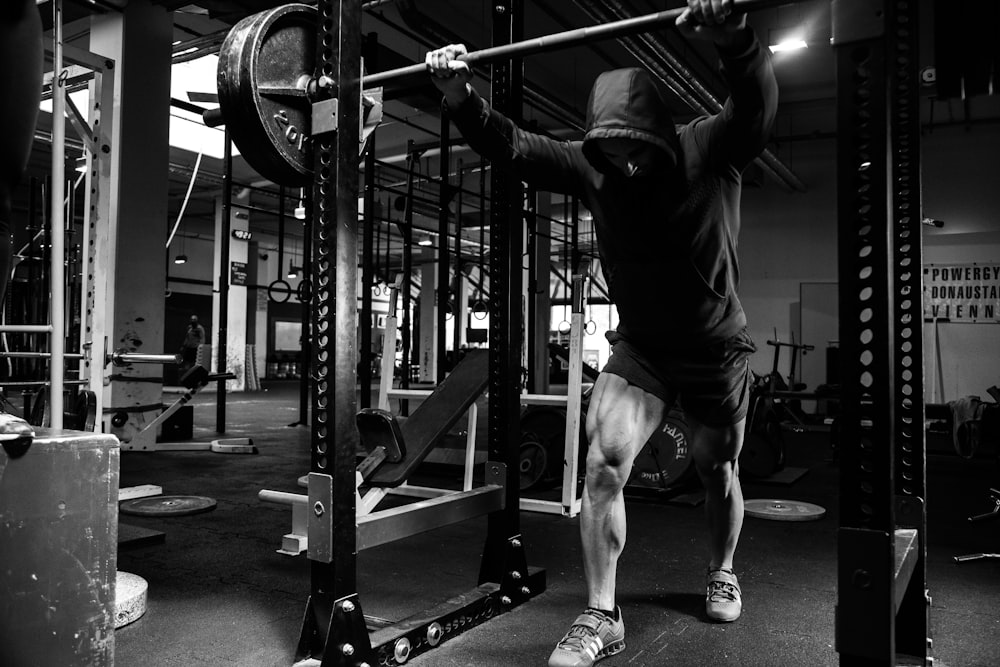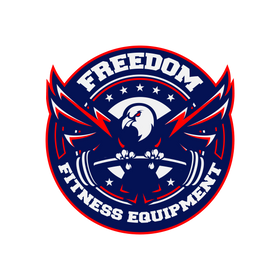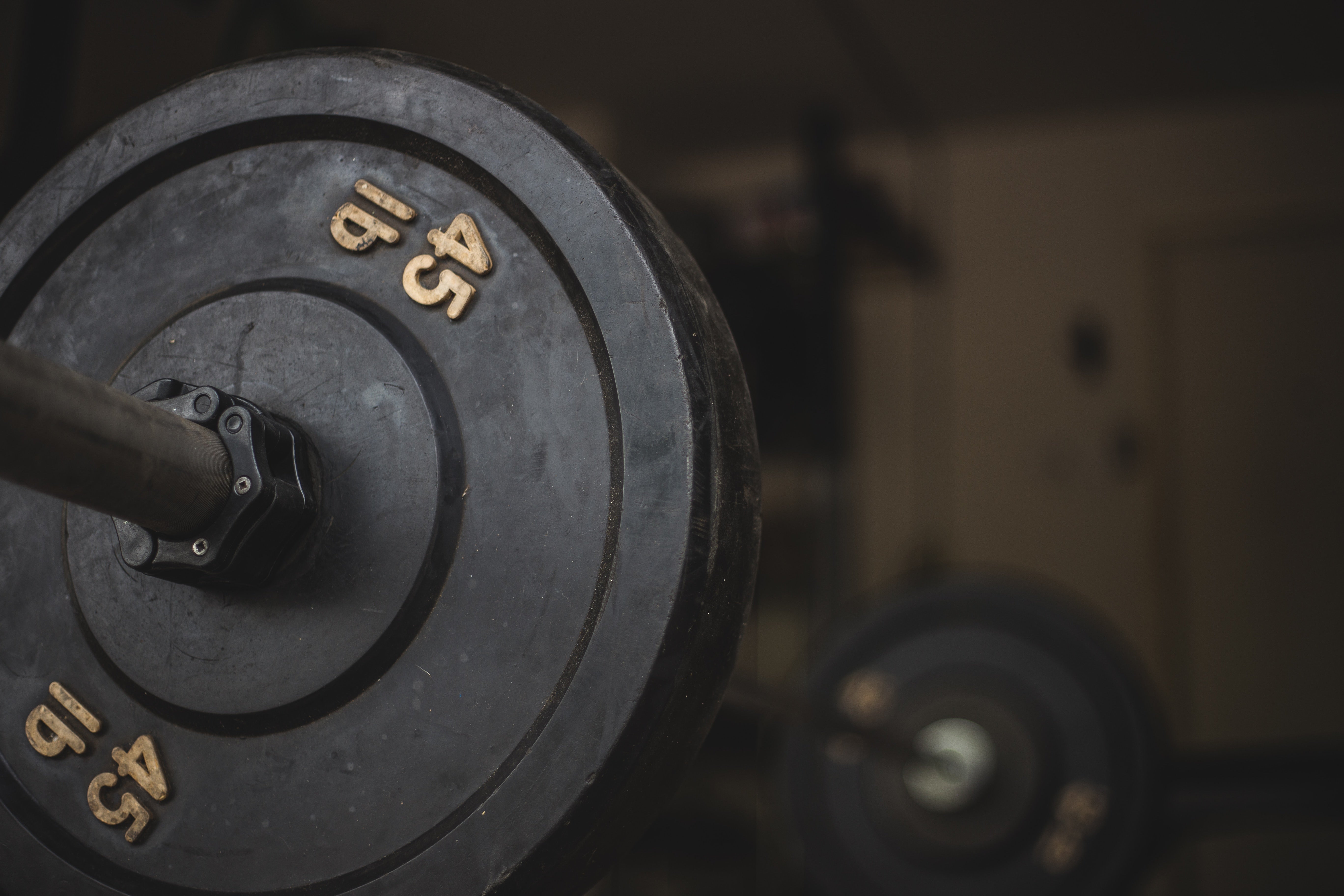How To Find a Weight Plate Set That Matches Your Training Style
Weights are weights right?!
Sort of.
While all weight plate sets are generally shaped the same and weigh the same there are some big differences between plates. You can choose your set based on the prettiest brightly colored weight plates that match your home gym aesthetic - which is probably not the best idea - or you can choose your weight plates based on your desired training style. This is probably smarter, although you do you. Are you going to let me or your strength training mess with your aesthetic?
How do you know your training style?

This is completely up to you. I'll be covering four of the most common types of training styles and some recommendations for weight sets for each, but know that there are so many options when it comes to exercise - from yoga to strength training to ultramarathons. While the focus of this article is on training using weight plates, know you can get a great workout in a number of different ways - although strength training is arguably the best way. The important thing when choosing a weight set is to have a general idea of what type of lifting you want to do.
Do you want to do Olympic lifts like snatches or clean and jerks? Do you want to go the powerlifting route and build the biggest squat, bench, and deadlift possible? Or maybe you want to lift for longevity and your overall health and aren't sure which weight plates would best suit that.

Lucky for you, that's what we are here for - to help you make the best decision for your weight plate set and all your equipment needs.
Once you know what type of training you are leaning toward, you are now ready to choose the best weight plates.
So, let's jump right in with the first training style.
Powerlifting

If you are attacked by a bear, what would your response be? Fight or flight?
If you said fight, powerlifting may be your gig. Powerlifters would be fighters because #1 they are strong and have trained for this moment and #2 because the thought of running (or any cardio for that matter) is worse than death itself. Only kidding, please don't beat me up.
Powerlifters focus on the three core lifts - bench, deadlift, and squat - often called the powerlifting total.
While technically powerlifters could use any weight plates that fit on a barbell, there are certain weight plate sets that are specifically designed to be used in powerlifting. One of the biggest needs for elite powerlifters is space on the barbell. This is one of the reasons that in elite powerlifting meets they use thin steel plates. These weight plates tend to be about half the width of your typical old-school plate and much much thinner than a bumper plate. This really becomes an issue for heavy deadlifts and squats at the highest level. At a certain point, especially if you are using bumper plates, the barbell is not big enough for the weight plates. This point is typically around 600 lbs. with bumper plates and higher if you are using cast iron plates. For the vast majority of people, these thin steel plates are not necessary; however, if you have aspirations of competing or just want to train like the best these weight plates can be a great option.
For most people, your traditional cast iron plates will serve you just fine.
CrossFit

If the powerlifters are going to fight the bear, the CrossFitters are going to fight, run, and do burpees all at the same time - #functional. If some is good, more has to be better right?
CrossFit is all about variation and intensity. It is a combination of multiple training styles - Olympic weightlifting, powerlifting, gymnastics, and a few others. One day you could be running a 5k and the next you could be doing snatches and lunges.
For this reason, choosing the right weight plates can seem somewhat difficult. If powerlifting has a certain type of plate and Olympic weightlifting has a different type of plate, how do we pick the perfect plate to blend all the different training styles?
It's actually pretty simple.
Due to the necessity of dropping barbells when performing exercises like clean and jerks, snatches, and even to some extent deadlifts, bumper plates are the go-to here.
There are a couple of options when it comes to exactly which style of bumper plate to choose.
One option is crumb rubber. Crumb rubber plates are typically a little bit cheaper and made of recycled rubber. Everyone likes to save money, right?! Unlike other bumper plates, crumb rubber plates are typically not color coded by weight - they are all black regardless of weight.

The other primary type of plate used in CrossFit is the traditional bumper plate. These plates are smooth to the touch but still able to be dropped. Typically these plates come brightly colored:
-
Red - 55 lbs
-
Blue - 45 lbs
-
Yellow -35 lbs
-
Green - 25 lbs
At the end of the day, as far as functionality is concerned, there isn't much difference between the two types of weight plates. You could argue one is prettier and one is a little bit cheaper.
Both types are incredibly durable and can withstand almost anything you throw at them.
Olympic Weightlifting

If CrossFit is full of variation and new movements, Olympic weightlifting is the exact opposite.
Olympic lifting consists of two movements - the clean and jerk and the snatch.
Now don't get me wrong these are not the only two movements Olympic lifters ever do - there are plenty of squats, pulls, and general strength work in daily training in order to perform better in the two primary lifts. However, when it comes time to compete in Olympic weightlifting you know exactly what to expect.
The primary concern with Olympic plates is whether they can be dropped. Due to the nature of the movements, dropping the bar from overhead is necessary for both performance and safety.
You can imagine why bumper plates are then the go-to here. Imagine dropping traditional cast iron plates from overhead. Home gyms across the world would have cracked floors and furious neighbors.
Ultimately, it doesn't really matter here which type of bumper plates you choose.

One consideration, if you want to compete in the sport of Olympic weightlifting, is getting kilo plates. This is a really subtle difference, but it can be nice if you have a strong desire to pursue solely Olympic lifting. In competitions, the bar and plates are measured in kilograms rather than pounds. The weight plates end up being pretty similar in weight, but there is a slight difference. For instance, the blue plates in pounds weigh 45 lbs, while the blue plates in kilograms are 20 kg or 44 pounds. This doesn't seem like a huge deal, but when you get to other weights, especially higher totals, it can create bigger weight discrepancies. For instance, the bar with a blue and green on each side in pounds would be 185 pounds, whereas in kilos you are looking at 80 kilos or 176 pounds.
Bumper plates are key here. The type of rubber and unit of measurement for the weight is not all that important. These are just subtle differences to be aware of.
Bodybuilding & General Fitness

Bodybuilding is by no means the same thing as general fitness. Elite bodybuilders are on an entirely different level with their chicken and rice, bulks and cuts, and stair climber sessions.
General fitness and strength training is the idea of training for your overall health - exercising and lifting to gain or maintain muscle and stay active. You can think of bodybuilding as taking general fitness and lifting to another level.
However, while they have their differences, the same type of weights can be used for both training styles.
In these training styles, you would expect to see squats, bench press, rows, weighted pull-ups, etc. Luckily, if this is the way you plan on training, this might be the easiest training style to get weight sets for. Almost all plates are on the table as options. From bumper plates to traditional cast iron plates or even steel insert plates, you are covered.
The only plates you would probably look to avoid would be the thin steel powerlifting plates and the kilogram-bumper plates for Olympic lifting just because neither is necessary.
Making the Right Weight Plate Set Decision

Hopefully, you feel more confident now.
For 99.9% of people, I would recommend traditional cast iron plates or bumper plates of some sort.
If you really love the old-school feel of cast iron plates and the beautiful sound they make during heavy squats, go for it. Just be aware that dropping these plates is dangerous.
Personally, I am a huge fan of bumper plates.
They are safe for dropping, they are reasonably priced, and they don't limit you as far as exercise selection. So, if you are unsure of your ideal training style or want to try a few different programs, bumper plates are going to give you the most flexibility.
Not sure where to start your search for weight plates? What's a good set of weights without a barbell, rack, and weight tree? We've got you covered there as well.
Here's to big squats, home gyms, and choosing the best weight plate set!


